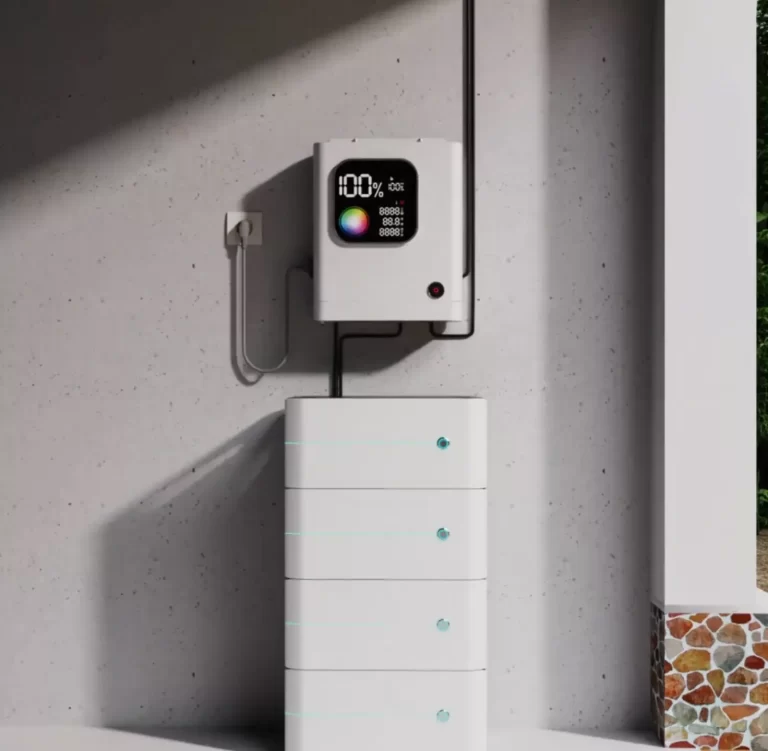To address the limitations of traditional portable power stations, integrating smart technologies like the Internet of Things, big data, cloud computing and artificial intelligence can enable intelligent management and optimization. Specific approaches to smart transformation include:
Boosting capacity and compatibility – Use high energy density lithium batteries or supercapacitors to increase power capacity to support more devices. Support multiple output interfaces and protocols for charging various brands and models.
Improving charging/discharging efficiency and safety – Incorporate efficient charge/discharge control chips and circuits to maximize efficiency, minimize energy loss, and extend battery lifespan. Build multi-layered safety mechanisms to prevent overcharging, deep discharging, overheating, and short-circuiting.
Enabling adaptive intelligence – Sense device characteristics and automatically configure optimal voltage/current levels for superior charging. Dynamically adjust charging/discharging profiles based on ambient temperature, battery status, load changes etc. using smart algorithms and feedback loops.
Supporting predictive maintenance – Monitor power metrics, voltage, current, and temperature in real-time to detect abnormalities and trigger protective measures to avoid damage. Flag battery health issues for preventative maintenance and firmware updates.
Delivering transparency through UIs – Visualize power metrics on LED panels, via voice assistants, and mobile apps enabling usage awareness. Provide touch/voice controls for convenient access to core settings improving user experience.
In summary, imbuing smart capabilities into Portable Power Stations unlocks higher capacity, efficiency, safety and transparency – delivering superior electricity services to delight customers and drive market competitiveness. The integration of cutting-edge technologies is imperative for progress.




